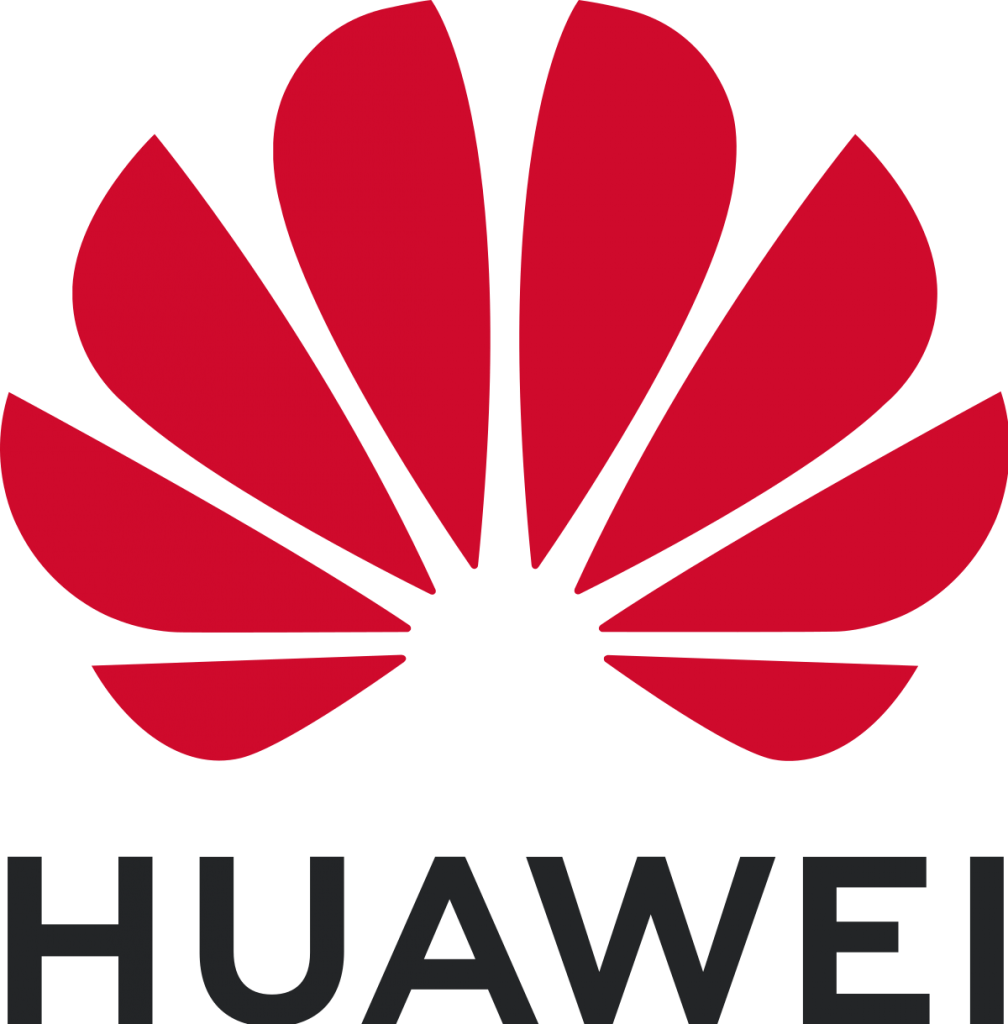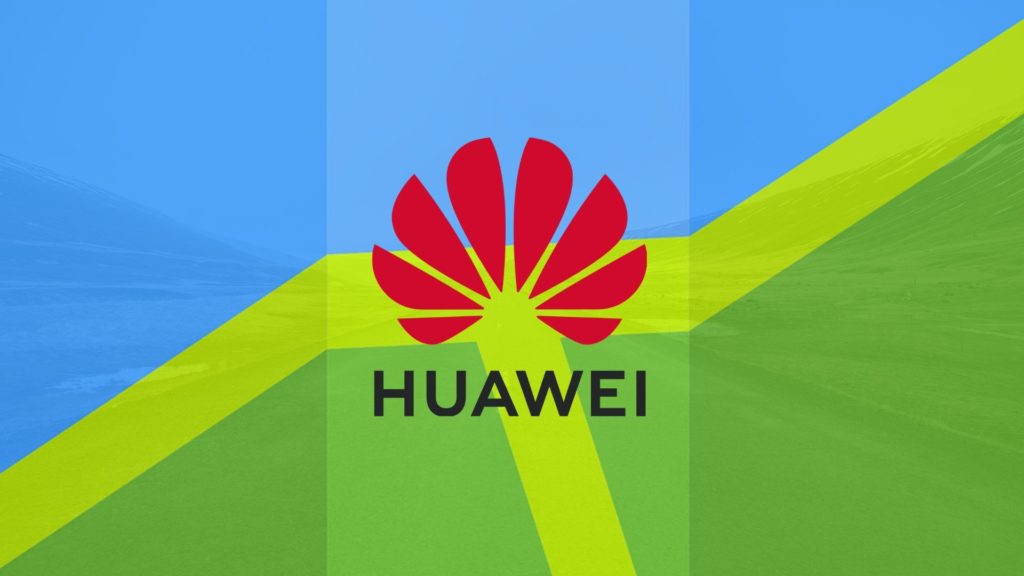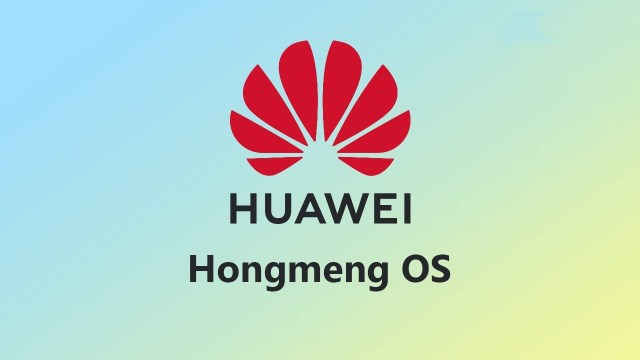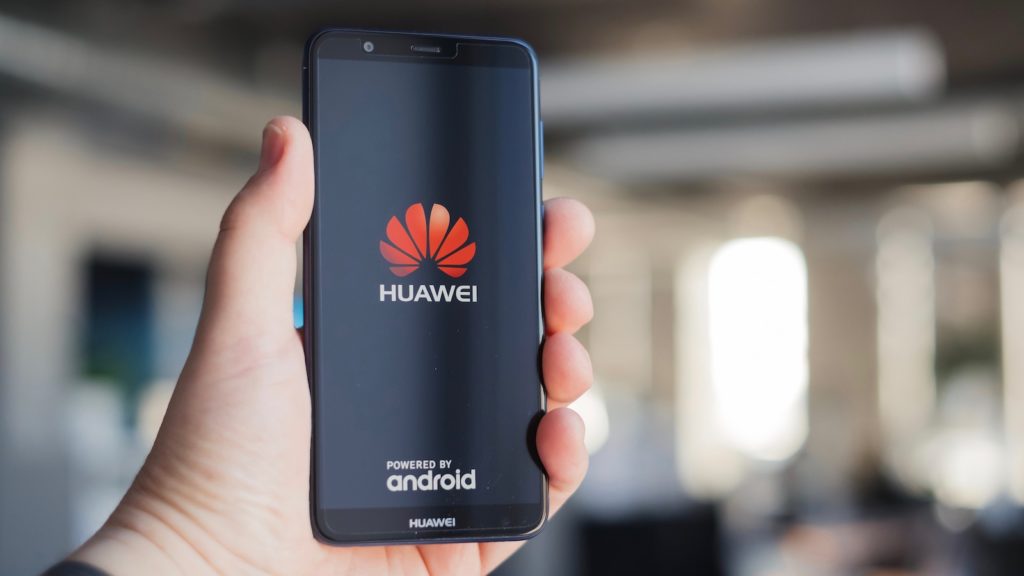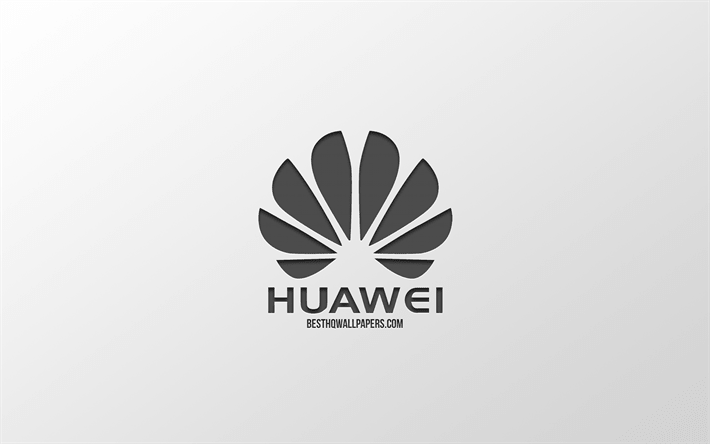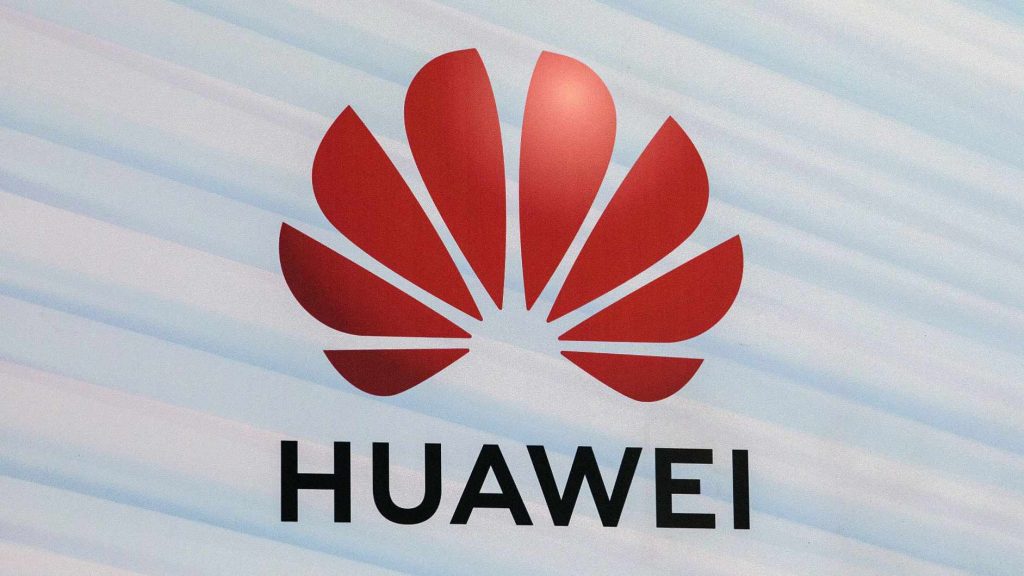Huawei Usurps Samsung to Become Biggest Smartphone Seller of the Last Quarter
The year 2020 has brought several firsts, partly due to COVID-19, and the rest due to the lockdown it caused. No industry or field has been left alone by this global pandemic as the global economy took a tumble. However, certain companies have braved the storm and come out on top. As per a report by analyst enterprise Canalys, Huawei has shipped more mobile phones in a quarter than any other smartphone manufacturer. Here’s a closer look at what this means for the world of technology, and how buyers can benefit from this shift in power.
Huawei On Top
Huawei has climbed to the top of the charts with regards to the number of units shipped within a quarter, beating out the likes of Apple and Samsung. The company has had hopes of usurping Samsung to become the world’s largest smartphone seller for a while. The reports by Canalys prove that is exactly what happened between April and June in 2020. However, the report does not claim that Huawei will hang on to the title for long. The ongoing global pandemic had a big role to play in how these numbers turned out. Therefore, experts believe that things will turn around soon enough, as the world retraces its steps back to normalcy.
Impact of the Global Pandemic
As a result of the COVID-19, Huawei suffered a 5% loss in terms of year-on-year sales, shipping 55.8 million smartphones last quarter. However, within the same period, Samsung suffered a fall of 30%, hitting a low of 53.7 million units. The most integral point here is that over 70% of Huawei’s sales come from mainland China. The country was somehow able to escape the harrowing effects of the pandemic, leading to it becoming a more viable market. However, Samsung did not have the same fortune, as they were not as big a player as Huawei within China.
Huawei Hoping for Better Days
A Huawei spokesperson stated that the news was very welcome for the company amidst such troubling times. The achievement was also a result of their exceptional resilience, and a harbinger for better times to come. While the company braved unprecedented and unforeseen circumstances, they focused on growing their brand, leading to their claim on the top spot. Analysts at Canalys credit the COVID-19 for Huawei’s resurgence and shoot to the top. Ben Stanton, who serves as a Senior analyst, stated that the company made good use of China’s economic recovery to shoot to first place.
Difficulties Ahead
Things have not been easy for the Chinese manufacturer, though their phones have impressive hardware. Rising political tensions and sanctions on phones have threatened their hold on foreign markets. The recently launched Huawei P40 was regarded to be a remarkable phone by most who reviewed it. The company reached the zenith of its technical prowess, hitting the best hardware specs at an affordable price.
However, President Trump’s trade war against China has borne bad news for the company. America recently put Huawei on its Entity List, meaning most American companies now cannot hold trade discussions and do business with it. As a result, the Chinese manufacturer can no longer ship phones containing Google services or apps. In fact, their phones cannot even hold the quintessential Google Play Store, leading to an almost instantaneous reduction in demand.
Huawei Vs. Samsung
Mirroring Samsung, Huawei to has two separate flagship models, the P, and Mate series. While the P series somewhat resembles Samsung’s S series being more mainstream and simple, the Mate Series takes after Samsung’s Note Series. These phones suit power users and come with a sleuth of super-specific features. However, unlike Samsung, Huawei has made both these series look drastically different. The P40, as a result, has rounded edges and a softer design with an OLED screen and subtle curves. Also, like with the Galaxy S20 U, the P40 offers periscope-telephoto cameras, which are still hard to find in the American market. Therefore, we can see stiff competition between both brands as they try to dominate the smartphone market on a global scale.
However, Samsung says there is no cause to worry, claiming it will bounce back soon enough. In fact, the company posted operating profit rising by 23% despite revenue dropping by over 6%. They say they have recovered from the global economic hit faster than imagined, and that sales will be back to normal soon enough. While Huawei might have to recede its top spot soon enough, its continued strength in the Chinese market will provide some much-needed hope.

Being a cinephile with a love for all things outdoorsy, Athulya never misses a chance to chase inspiring stories or poke fun at things, even when the subject is herself. Currently pursuing a degree in mechanical engineering, she is someone innately interested in technical and scientific research. Music reviews and op-eds define her as they allow her to explore different perspectives. Though sometimes she thinks she makes more sense playing the guitar than she does while writing.
